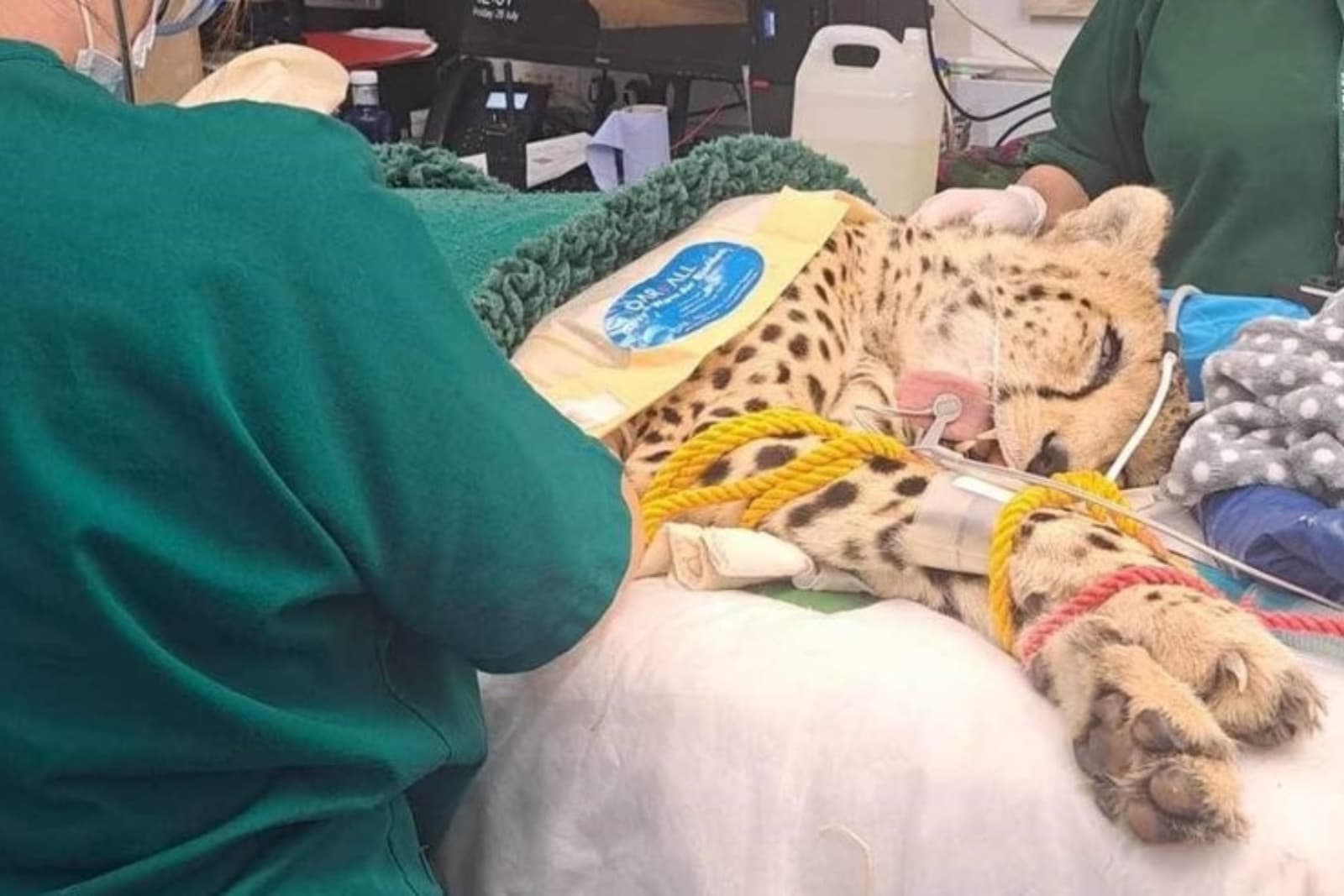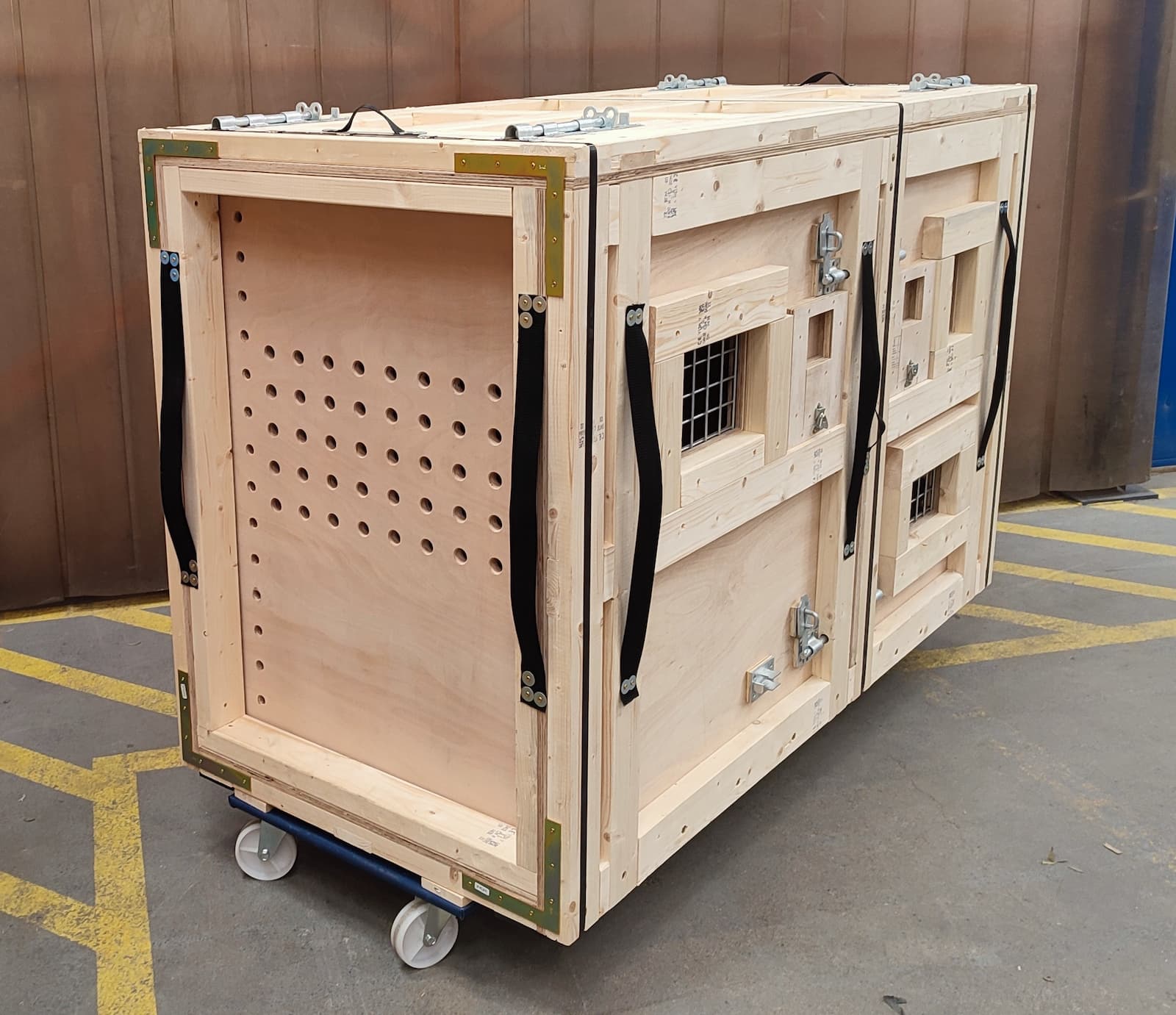
How to move a hippo and 300 other animals
Posted on: 6 November, 2025
Recently, our Animal Registrar at Bristol Zoological Society, Laura Graham, gave a talk titled ‘How to move a hippo and 300 other animals’. It covered everything that’s involved in an animal move, and why moves are so important for conservation. You can read the content of the talk below.
The main responsibilities of an Animal Registrar include managing zoo animal records and data and organising logistics and transport for animal moves. Each animal move is a massive team effort, bringing together vets, keepers, other zoo staff, government agents and various partners.

Why do zoos move animals?
The main reason zoos move animals is because they are part of breeding programmes. At Bristol Zoo Project, we are part of a number of EEPs (EAZA Ex-situ Programmes) run by the European Association of Zoos and Aquariums. Dating all the way back to 1985, EEPs are vital for maintaining a genetically healthy population of animals in zoos, helping to prevent inbreeding and making species more resilient to disease.
Breeding programmes also help to further our conservation goals. The animals involved often have links to our conservation projects abroad, and our team can apply knowledge gained from in-situ (wild) populations, such as insights into natural behaviours, diet and habitat, to improve husbandry in our zoo. We can also learn lots about an animal’s life history and breeding from studying animals in human care, which can support conservation efforts in-situ. This two-way exchange of knowledge strengthens our ability to protect species both in the wild and in captivity; we recently won a BIAZA award for our husbandry work with the Valencia toothcarp fish, applying knowledge from the field to enhance welfare and breeding success for an EEP programme that we lead.

When an animal reaches the right age at Bristol Zoo Project, it’s common that a breeding coordinator will contact us to recommend a genetically compatible mate at another zoo. We’ll either move that animal, or welcome another animal to join them. Depending on the species, we may also swap individuals to form new breeding pairs – if the individuals are non-compatible, it’s vital they’re in a breeding situation that works for them.
Sometimes a male’s genetics are already well represented, so it might be recommended that they become part of a bachelor group instead of entering a breeding situation. While these groups may not contribute directly to breeding, they’re still a vital part of population management by allowing males to live in social settings and remain available for future breeding if needed. At Bristol Zoo Project, we’re proud to hold a bachelor group of geladas, and two male cheetah brothers to support those EEPs.
In some cases, animal moves are also part of preparing individuals for reintroduction into the wild. We take part in reintroduction projects as part of the One Plan Approach, which recognises that zoos and field conservation scientists can’t exist in isolation if we want to save species – we have to work together! The goal is to establish viable breeding populations of animals that can survive and reproduce in the wild.
An amazing example of a successful reintroduction we’ve been involved in is the Partula snail project in French Polynesia. Alongside partners including Royal Zoological Society of Scotland and Zoological Society of London (ZSL), we’ve helped reintroduce hundreds of tiny snails back to the wild. Each one was painted with a dot of UV paint so their progress could be monitored, and we’re incredibly thrilled that a number of Partula tohiveana snails without paint were recently discovered, meaning they have successfully reproduced in the wild! This discovery meant that the species could be officially downgraded from Extinct in the-Wild to Critically Endangered – a powerful reminder that the hard work and collaboration of conservation zoos really does make a difference!

What’s involved in an animal move?
From CITES permits to horse passports, vehicle licensing to crate ventilation, there is an enormous list of things that we need to consider when undertaking an animal move. A simplified way of looking at these components is an ‘animal transport triangle’, which covers the three main aspects of a move; CITES, animal health and animal welfare in transport.
CITES
CITES (Convention on International Trade in Endangered Species) is one of the oldest pieces of conservation and sustainability legislation in existence. Drafted in 1973, it’s used by almost every country that carries out animal moves and aims to protect the movement of animals who are at risk of becoming endangered species because of international trade. CITES doesn’t just cover animals – it’s relevant to plant species, and also animal parts and derivatives including skins, shells, fins etc.
Animal health
When an animal leaves our zoo, we want to make sure it’s as healthy as possible. It’s imperative that we avoid spreading disease amongst animals, especially endangered species. And it’s not just animals that could be at risk – some diseases that animals carry, such as rabies, can be passed to humans. Some others, like foot and mouth, can significantly harm agriculture and cost the economy millions.
To avoid these risks, our vet team carries out lots of checks on an animal before it departs our zoo. Different countries and zoos have different requirements, so what these tests involve can change for each animal move. Our vets regularly perform health checks on our animals, and this preventative medicine helps to keep them fit and healthy.
Pre-export checks can involve everything from faecal testing, swabbing, x-rays and blood sampling. Our keepers have done fantastic work with our animals to train them to receive certain tests, including using positive reinforcement so that our giraffes and cheetahs can have conscious blood draws.

Animal welfare in transport
There are so many considerations when planning animal transport, as no move is the same. Different species and even each individual will have their own requirements, and each detail needs to be thought out and planned minutely.
Ventilation, temperature, light levels, hydration, food, type of transport, the journey route and animal waste are just some of the things we think about when organising a move. Often, specialised crates will need to be designed and built to meet an animal’s needs. For example, birds will need perching places at a height that depends on the species. Large animal crates are often reinforced with metal to be strong enough, and we may need to add padding to walls and floors for more delicate species.
And you always need to be ready to adapt! When we exported the red-legged millipedes from the Bristol Zoo Gardens site, we estimated we had about 1,000 individuals. However, when our keepers dug through the soil, they found that the species had been breeding incredibly well, and we had just under 10,000! After upgrading to a bigger van, our team ended up transporting them in large bins of soil – zoo staff are nothing if not resourceful!
Positive reinforcement crate training can enhance animal welfare during transit, as it helps to create a more comfortable association with the transport environment beforehand. Our gorilla keepers at Bristol Zoo Gardens are currently training members of the troop ahead of the big move to African Forest within the next couple of months. A specially designed crate has been kindly made for us by IES, which will house both Hasani and his foster-mum Kera within one space, with the ability to separate them. This will hopefully ease the stress of the move by allowing them to be near each other.

Even the most straightforward animal move has its hiccups, and despite our careful planning, some things will always be out of our control. We can’t predict the weather, the geopolitical climate and relationships between governments, permits being lost in the post, airline price surges, habitat build delays or ferries breaking down (all of which have affected moves at one time or another!). We also can’t predict pandemics like COVID, or Brexit, two events that added even more red tape and variables to the process.
Yet our team continues to work incredibly hard to push animal moves forward, as they’re a vital tool in helping to maintain and protect threatened species. We couldn’t do it without all the amazing people who are instrumental in the process, from our maintenance team drilling last-minute holes in a crate to the transport operatives checking themselves out of hospital and driving through the night to get to us. It’s the ultimate team effort, and we’re so happy to be part of it.

Want to help us save wildlife?
Become a member today for a year of wild adventure, and help protect the animals and habitats you love by supporting our conservation charity.

